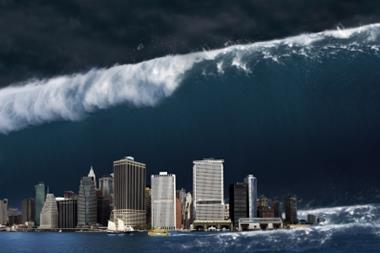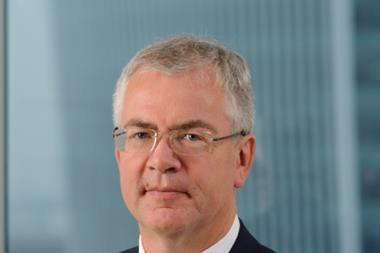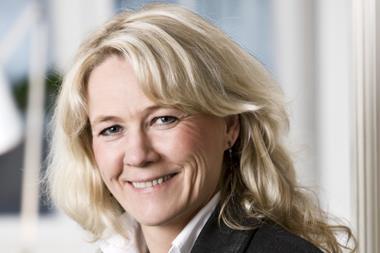Helen Pope, head of insurable risk at Tesco and deputy chairman of Airmic, says modern risk managers must remain vigilant to keep on top of operational risks
In the modern era of retailing, we all strive to offer the widest range of fresh, high-quality products at the most competitive prices. Our businesses have become increasingly complex as we look to source the best possible fruit, vegetables and meat from around the world at affordable prices.
But over time, as supply chains have become longer and more intricate, it has become harder to know what is happening further down the chain. Without complete transparency, you can lose a certain amount of control, and with that comes risk – probably the biggest risk facing the food and drink industry right now.
As a retailer, customers expect the best – and you are held responsible for everything that has occurred up until the product reaches the supermarket trolley.
While you may have a good idea what is going on with your first and second tier suppliers, what about the third and fourth? How much do you know about their sourcing and transportation? Do you really know where the pinch points are?
In recent years, several major events have shown the impact incidents in far-flung places can have on any business operation: the Icelandic ash cloud, the Japanese tsunami and the horsemeat scandal. Together, they illustrate how critical it is to be prepared for surprises. It also highlights that risk managers must appreciate the global reach of their supply chains.
These events have brought about a major re-analysis of everything we do as risk managers, and it needs to be an ongoing process. We all need to understand what we depend on to maintain our operations, and what we need to protect to ensure we can keep providing those products our customers have come to trust and rely on.
The recent extreme weather was another example of how customers rely on us. When the worst happens, our customers and communities need us to keep going and keep them supplied. In some cases, we are almost an emergency service. Just ask the residents of Muchelney in Somerset, where our local store kept them in supplies for four long weeks when they were cut off by flood water.
The good news is that many of us are getting better at meeting – and exceeding – customers’ expectations, whether in terms of product safety or business continuity. Just as we’ve been working to simplify our supply chains, we’ve also got better at mapping risks, understanding our pinch points and knowing when to transfer those risks. Our technology is better, our management is better and our people are better too.
In an increasingly unstable world, where the only certainty is uncertainty, we can never assume we have everything covered. All we can ask of risk managers is to be relentless in analysis, to always be on their guard and to expect the unexpected so that when it happens it doesn’t come as a surprise.




















No comments yet